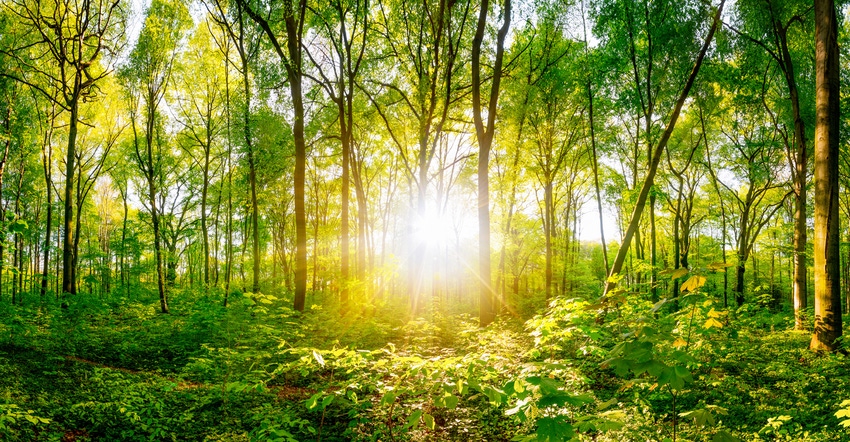March 5, 2021

If you’ve got an ash tree, there’s a good chance you’re asking this question: “How long do I have to keep treating my ash tree?” It’s a good question.
In real estate, the mantra is “location, location, location!” That same thinking applies to ash trees and the emerald ash borers that infect them. If you are in the northern part of Illinois, in most areas, EAB populations have dropped to very low levels or are beginning to decline. Much of this is due to fewer ash trees and less food for the beetle. Also, the treatments on the remaining trees have killed a lot of beetles.
Think the EABs are going back home to Asia? Think again. If you are in central or southern Illinois, you are still in the throes of EAB, and you need to continue to remain vigilant.
For those of you in areas where EAB populations are low, you need consider the following: How healthy is your tree? Does it have a full or sparse canopy? What do your neighbors’ ash trees look like? Have they been treating their trees? And have you been treating your tree?
Consider the size of your tree and how much you love it. A large tree that provides shade, aesthetic benefits and property value may be worth treating. If your tree looks healthy, try skipping a year of treatment. You can always start treatments again if conditions warrant. If the tree is not in good condition, then removal might be appropriate.
It is important to remember, homeowner products that contain the active ingredients of imidacloprid or dinotefuran are only good for one growing season and they need to be applied annually. Trees professionally treated with emamectin benzoate only need to be re-treated every third year. Regardless of your treatment regimen, you have flexibility, and you can modify your approach.
Further south
Now, for those of you still dealing with higher populations of EAB, you will need to stay the course if you want to protect your ash tree. Research has shown it takes about 10 years from the time that EAB is discovered until the decline in beetle population — and with this decline, tree mortality. Beetle pressure is one of the main factors in determining how long to protect your tree.
Ask yourself: Are trees in your area still dying from EAB? What treatments are being used in your community? How valuable is your tree to property and landscape?
If ash trees are still dying nearby, then you need to continue to treat. If you think you can’t afford to treat the tree, consider this: A tree that’s less than 15 inches in diameter can be treated for $40 to $50 a year. Bigger trees than that need professional help, and a local arborist’s costs vary from $5 to $8 per inch of tree diameter,— or about $75 to $120 for a 15-inch tree.
If you have to remove the tree, it could run $500 to $1,000, depending on the market. That means you could treat a smaller tree for at least 10 years and a larger tree for a couple three-year treatment cycles, and you’d still break even. Of course, this does not even take into the account the benefits that your tree would provide during that period. For example, in my neighborhood, our parkway ash trees are around 15 to 20 inches in diameter. If I planted a tree today, it would take 30 to 40 years for that tree to reach the size of the existing trees. Really something to think about.
It is important to keep in mind that this is a decision-making process, and one size does not fit all. Consult your local forester, arborist or Extension office for help. It is always good to get another opinion.
For more information, check out this bulletin from the EAB Information Network.
Miller is a horticulture professor at Joliet Junior College, and a senior research scientist in entomology at The Morton Arboretum in Lisle, Ill. Email your tree questions to him at [email protected].
The opinions of this writer are not necessarily those of Farm Progress/Informa.
About the Author(s)
You May Also Like




